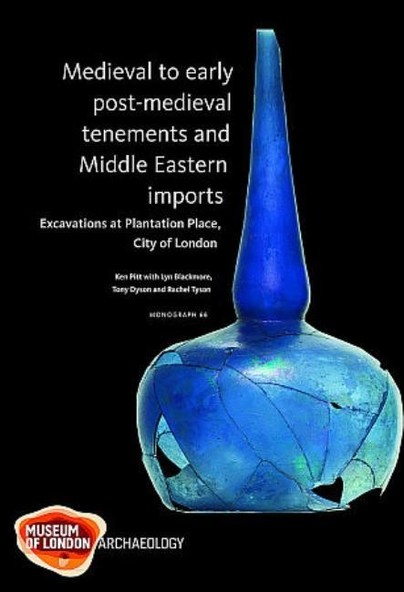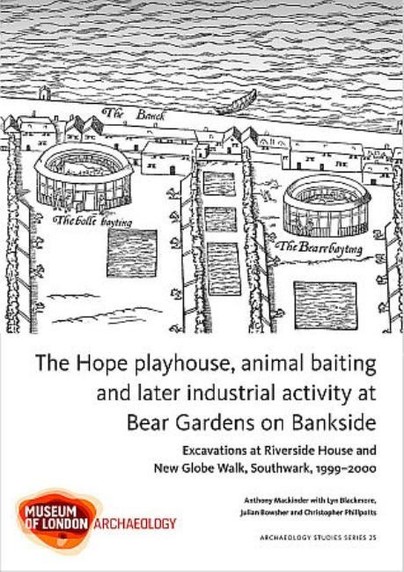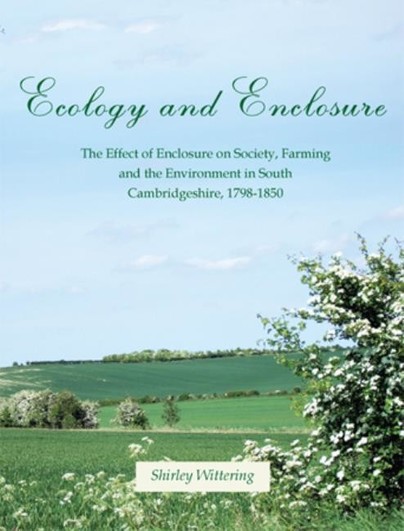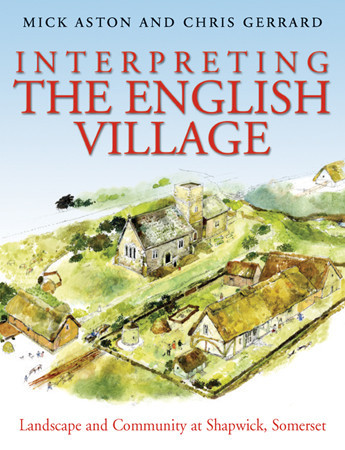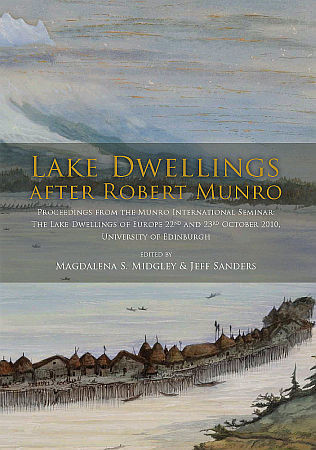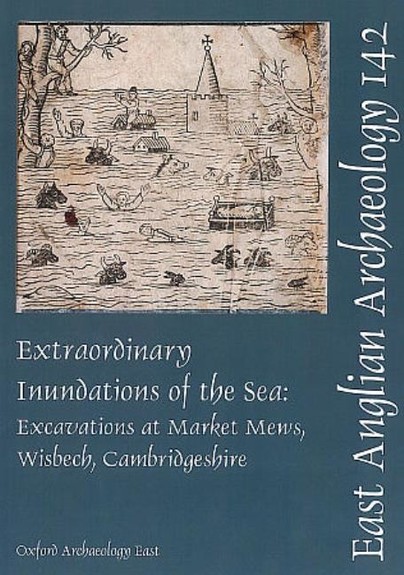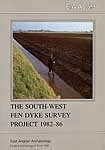Excavations along the new road line have revealed nearly 6000 years of human activity, from a massive marker post erected by early Neolithic farmers at the head of a dry valley to a bizarre burial of several different animals dating to the sixteenth century AD. Prehistoric discoveries include two enclosures of the middle Bronze Age, both associated with some of the earliest cobbled roads in Kent, a collection of Iron Age storage pits rich in diverse deliberate offerings, and the emergence of a nucleated hamlet in the middle Iron Age. Most exciting were rich cremation burials of the late Iron Age and early Roman periods, probably successive generations of a local family, whose rise to prominence coincides with the growth of the cult centre at Springhead nearby.
The metal vessels include types new to Britain, the pottery stamps suggest the movement of continental potters to Kent, and one grave has the clearest evidence of furniture yet found from early Roman Britain. Medieval settlements of the late 11th-14th centuries mirror the renewed importance of Watling Street after the Norman conquest, and its eventual return to obscurity due to competition from the ferry from London to Gravesend.






